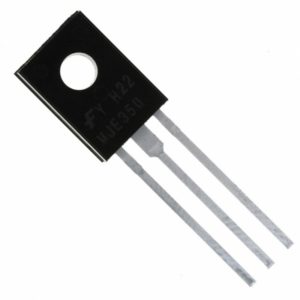
2- 1 > 2- 3.Ģ nd Method using DMM to find the Base of the Transistor. At all, Terminal 1 = Emitter, Terminal 2 = Base, and Terminal 3 = Collector (BC 557 PNP Transistor) because, the test result for 2- 1 = 0.733 VDC and 2- 3 = 0.728 VDC, i.e.BC 557 is a PNP Transistor where the 2 nd (middle terminal is base) connected to Red (+Ve) test lead of the multimeter.Point 2 is Transistor Base in BC55 Transistor.Now, we can easily find the type of transistor as well as their collector, base and emitter. Where we got at points 2 to 1 is 0.733 VDC and 2 to 3 0.728 VDC. Out of 6 tests, we got data and results only on two tests i.e. We have the following data from the table given below. Test, measure and note the display reading shown in the multimeter in the table below.Numbers in Red colors are Red Test Lead and numbers in Black are connected to Black (-Ve) test lead of multimeter. You have to perform 6 tests by connecting the Black (-Ve) test lead and Red (+Ve) test lead to 1 to 2, 1 to 3, 2 to 1, 2 to 3, 3 to 1, 3 to 2 respectively by just replacing the multimeter test leads or reverse the transistor terminals to connect, test, measure and note the reading in the table (shown below). Connect the Black (common or -Ve) test lead of the multimeter to the 1st terminal of the transistor and Red (+Ve) test lead to the 2nd terminal (Fig below).Set the meter on “Diode Test” Mode by turning the rotary switch of the multimeter.Discharge all the capacitors (by shorting the capacitor leads) in the circuit (If any). disconnect the power supply across the transistor which has to be tested. Remove the transistor from the circuit i.e.To do so, follow the instructions given below.

Test a Transistor using Digital Multimeter in Diode or Continuity Mode


 0 kommentar(er)
0 kommentar(er)
